Mié, Ene 4th 2023

Muesli is a beloved breakfast worldwide, but the original recipe comes from Switzerland.
Muesli was developed in 1900 by Dr. Maximilian Bircher-Benner (1867-1939), a Swiss physician and nutritionist, as a first meal for recovering patients. The original recipe contained oats, raw apples, condensed milk, nuts, and lemon juice. Muesli, packed with vitamins and nutrients, was effective at fighting diseases like scurvy. Dr. Bircher-Benner claimed his recipe was inspired by a meal he ate while staying at a Swiss mountain hunt.
Today, muesli is affectionately known as Birchlermuesli, combing the name of its creator and muesli from the Swiss-German word mus, which means mush.
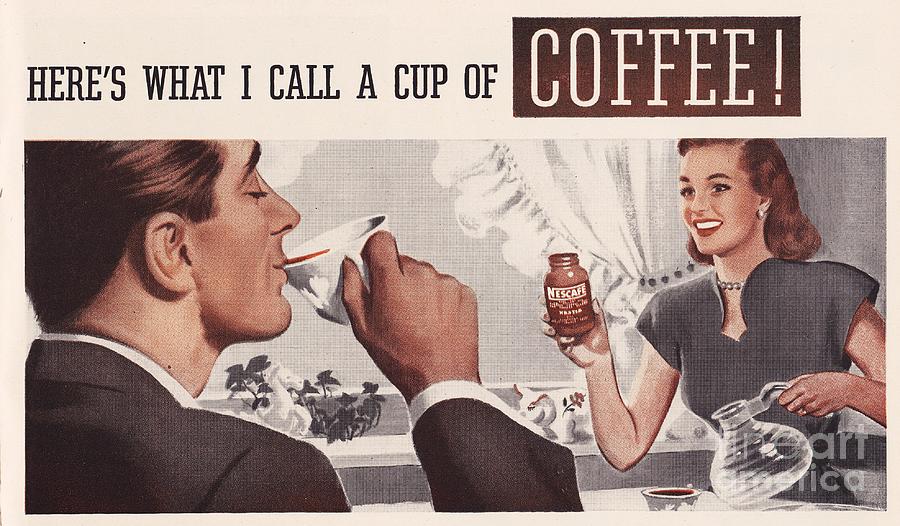
The instant coffee we know today didn’t arrive on store shelves until 1937. When the 1929 stock market crash left Brazil with mountains of unsold coffee beans, the country enlisted the help of food giant Nestlè to find a way to use the surplus of beans. Swiss chemist Max Morgenthaler took on the task.
After seven years of experimenting, Morgenthaler finally found the solution. He discovered that adding an equal amount of water-soluble carbohydrates to freeze-dried coffee helped maintain the rich flavor of brewed coffee. When Nescafé hit the shelves in 1937, it sold out in just two months. In 1954, Nestlè developed a method still used today with just two ingredients: water and coffee beans. Now more than 5,500 cups of Nescafé are consumed worldwide every second.
As folklore goes, it happened in 1857 in Vevey, Switzerland. Swiss chocolatier Daniel Peter was determined to impress his love interest Fanny-Louise Cailler, the daughter of François-Louis Cailler, also a chocolatier.
To win over Fanny and her father, Peter found a way to make chocolate less bitter and more palatable by adding milk powder to dark chocolate. His new blend was a success in terms of taste, but he couldn’t find a way to remove enough water from the milk to prevent mildew from forming.
So, he enlisted the help of his neighbor and fellow Swiss innovator, Henri Nestlé, then a baby-food manufacturer who had invented a milk-condensation process. Finally, in 1875, with the help of Nestlè’s powered milk, Peter brought milk chocolate to the market. Peter won young Fanny’s hand despite the years of research and milk chocolate was born. Today the global chocolate industry is worth a staggering CHF100 billion.
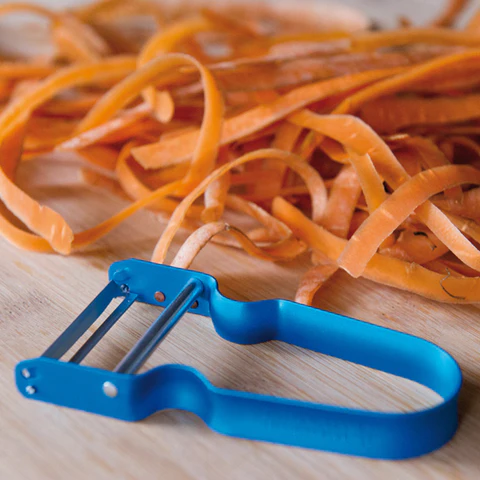
En Rex vegetable peeler is a cult kitchen staple in households worldwide and a symbol of national pride in Switzerland. The Rex peeler was invented in 1947 by Alfred Neweczezal, born in Davos, Switzerland. Alfred was a traveling salesman who sold kitchen items and personal inventions since the 1930s. As the story goes, Alfred hated peeling potatoes while serving in the army, so he developed a tool to make his life easier.
The Rex has been internationally produced since 1947 and was even featured on a Swiss stamp in 2004. Its success is due to its user-friendly design and low price tag. The minimalist design is a 13mm wide U-shaped bent stripe of aluminum with a pivoted sharp tempered steel blade and a side knife for cutting out the eyes of potatoes. The simple design got the most out of a material that was expensive during the post-war period, helping boost its popularity throughout the world.
For decades, absinthe, or the green fairy, was portrayed as a dangerously addictive psychoactive drug. But fearmongering aside, the truth about absinthe is much more mundane.
Modern absinthe was first created in 1792 by Dr. Pierre Ordinaire, a French loyalist who escaped to Couvet, Switzerland, during the French revolution. Absinthe is said to get its name from the Latin word apsinthion, meaning wormwood, a leaf used by the ancient Egyptians to help ease the pain of childbirth.
According to spirit seller Pernod Ricard, Dr. Ordinaire wanted to create a drink made with wormwood, known for its medicinal properties. But, it was initially too bitter to consume. After trial and error, in 1792, the doctor arrived at his final formula using distillation. The recipe was a maceration of fifteen botanicals, including wormwood, distilled in grape spirit.
Sold as a medicinal elixir, it became popular with soldiers in the 1840s as a malaria preventative. But it was absinthe’s popularity among 19th-century bohemians that got it banned. By 1915, the drink was banned by many European countries, including Suiza. A revival of absinthe began in the 1990s, following the adoption of modern European Union food and beverage laws that removed long-standing barriers to its production and sale.
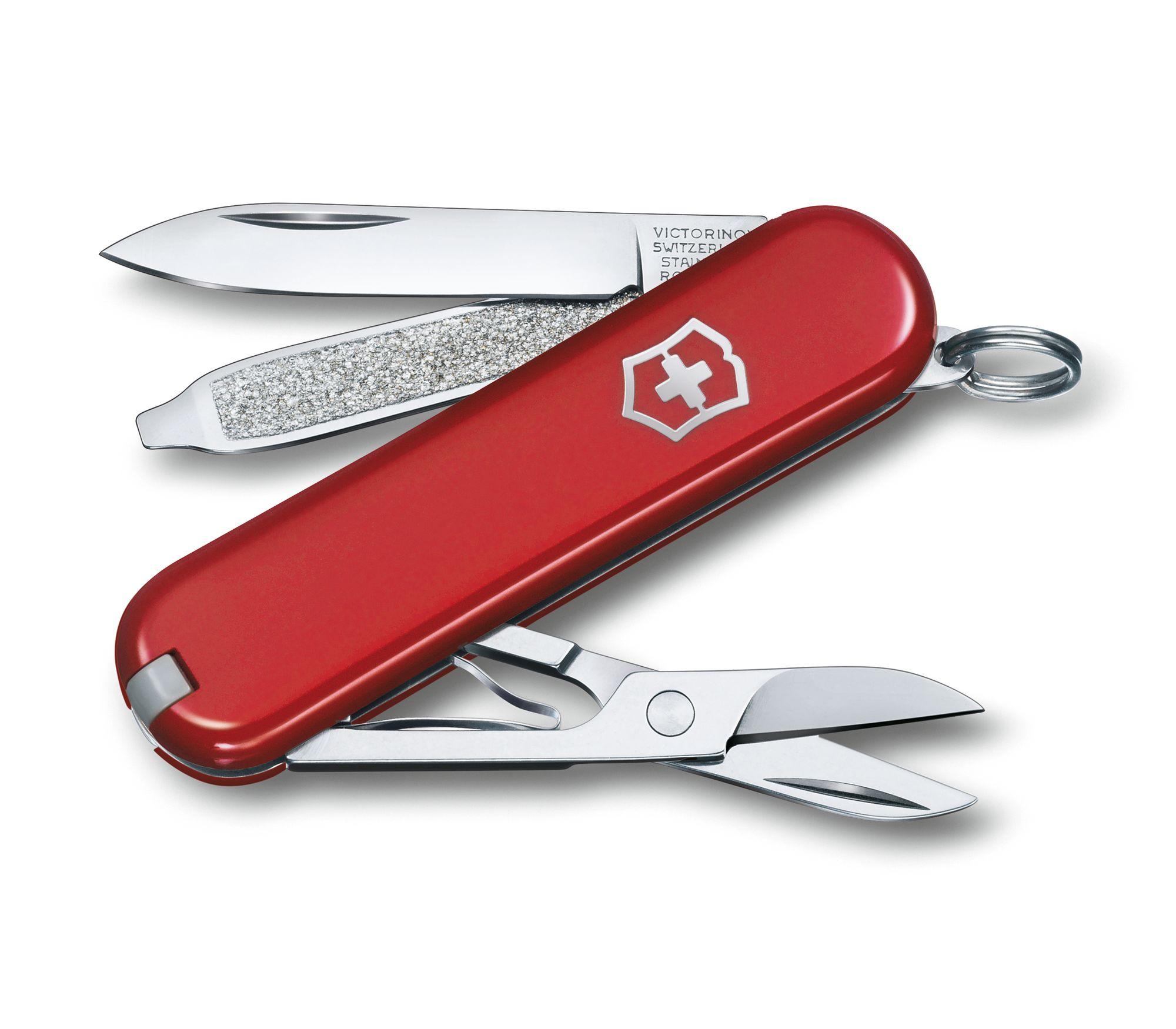
The iconic Swiss Army knife, or Offiziersmesser (officer’s knife), is practically synonymous with Switzerland. Its design stands for Swiss functionality, quality and invention.
The knife’s history began in 1884 when Karl Elsener and his mother founded what would later become the company Victorinox in canton Schwyz. In 1891, they created the pocketknife for troops who needed a foldable tool to open canned food and aid in disassembling a rifle.
Today, the factory in Ibach produces 28,000 pocket knives a day used by civilians, the military—and even NASA astronauts. The brand gets its name Victorinox from the word inox, meaning stainless steel, and Victoria, Karl’s mother.
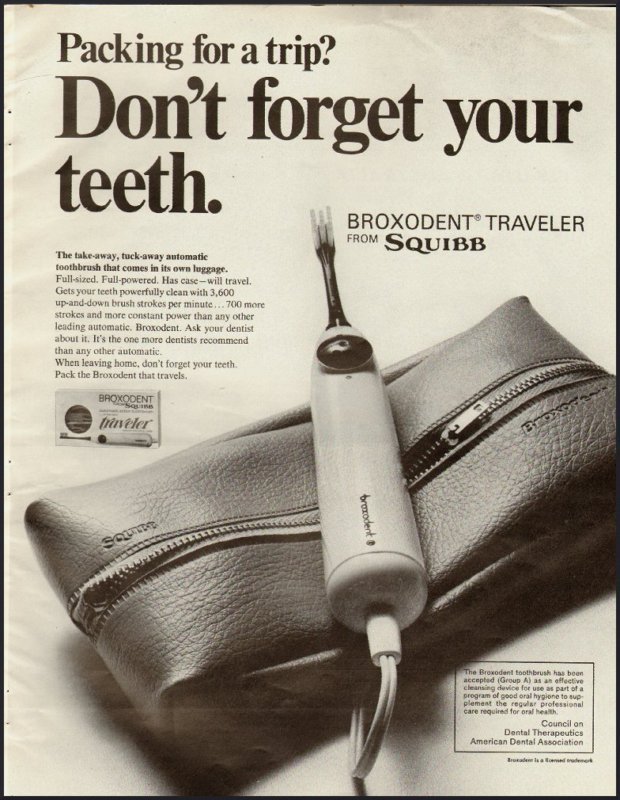
The first electric toothbrush, the Broxodent, was invented in 1954 by Dr. Philippe Guy Woog in Switzerland. Electric toothbrushes were initially created for patients with limited motor skills or those with braces. Some original Broxodent toothbrushes are rumored to have lasted up to 20 years, much longer than today’s battery-powered models.

In 1910, Dr. Lauber and J. G. Neher and his sons discovered that aluminum foil could be used as a protective barrier. They soon created and patented a continuous rolling process to produce aluminum foil commercially and opened an aluminum rolling plant in Kreuzlingen, Switzerland. In 1911 Bern-based Tobler (of Toblerone fame) started packaging their iconic chocolates in aluminum foil. Today, aluminum foil is used extensively in food and pharmaceutical packaging because it provides a complete barrier to light, oxygen, moisture, and bacteria.
Cellophane, was also the brainchild of a Swiss person, but it wasn’t originally meant for the kitchen. In 1908 Swiss chemist Jacques Brandenberger set out to create a way to make fabric that would repel liquids to prevent stains. It’s said that Brandenberger was inspired to develop cellophane when he saw wine spill on a restaurant’s tablecloth.
After years of experimenting with different ways to apply liquid viscose rayon, or wood cellulose, to cloth, Brandenberger discovered that a thin transparent film could be peeled off the top of the fabric. Aware that his accidental discovery had many commercial uses, he built a machine in 1912 to manufacture the film called Cellophane. The word comes from cellulose and diaphane, the French word for transparent.
Today, cellophane can be found in virtually every kitchen, and unlike plastic wrap, it’s 100 percent biodegradable.
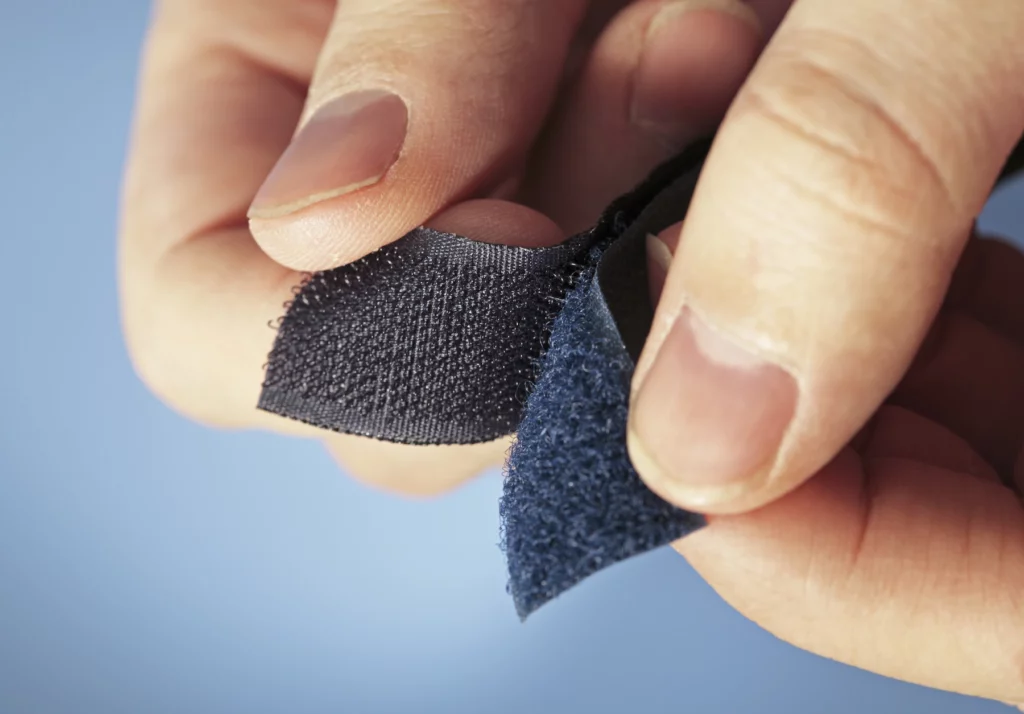
Velcro may be a humble product, but it’s used in products from NASA spacesuits to lifesaving medical devices, and we have one curious engineer to thank for it.
In 1941 while hiking with his dog Milka, George de Mestral became fascinated with how burdocks stuck to his clothes and Milka’s fur. De Mestral, an electrical engineer from a small village near Lausanne, decided to inspect the burs under a microscope. He discovered that the burdock was a small seed covered in hundreds of microscopic hooks. He realized the burr’s barbed heads, shaped like hooks, were perfectly designed to attach to fibers in clothing and hair.
De Mestral wanted to apply nature’s hook-and-eye engineering to create a strong fastener. After fourteen years and many prototypes, de Mestral patented VELCRO® hook and loop fasteners in 1955. The name Velcro comes from the French words velours (velvet) and crochet (hook). Today, Velcro is used on everything from shoes to medical devices like blood pressure cuffs to space suits. Velcro was even used in the first human artificial heart transplantation to hold parts of the device together.
Este artículo puede compartirse y reimprimirse libremente, siempre que se incluya un enlace al artículo original.
